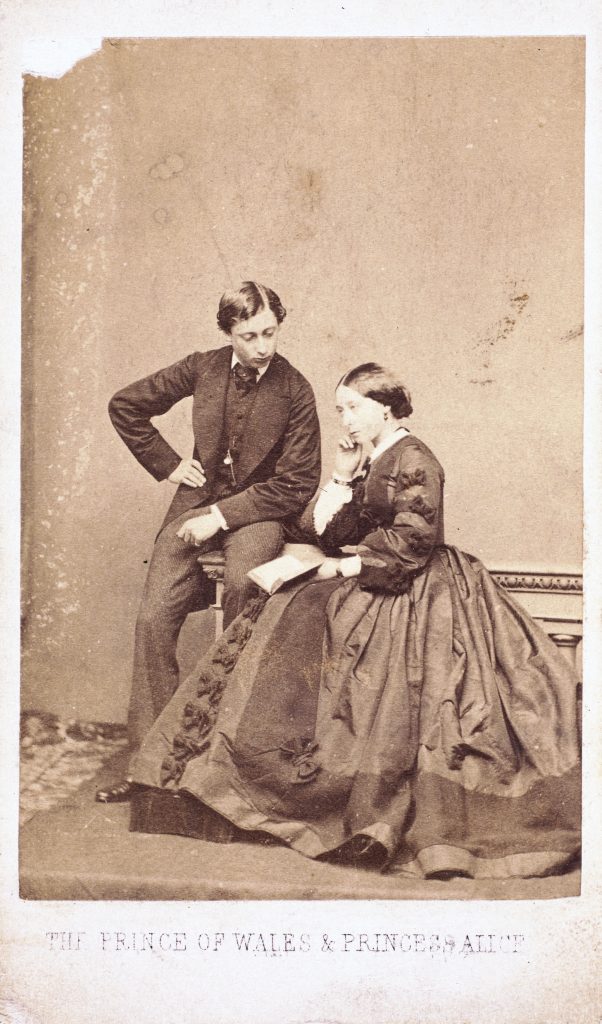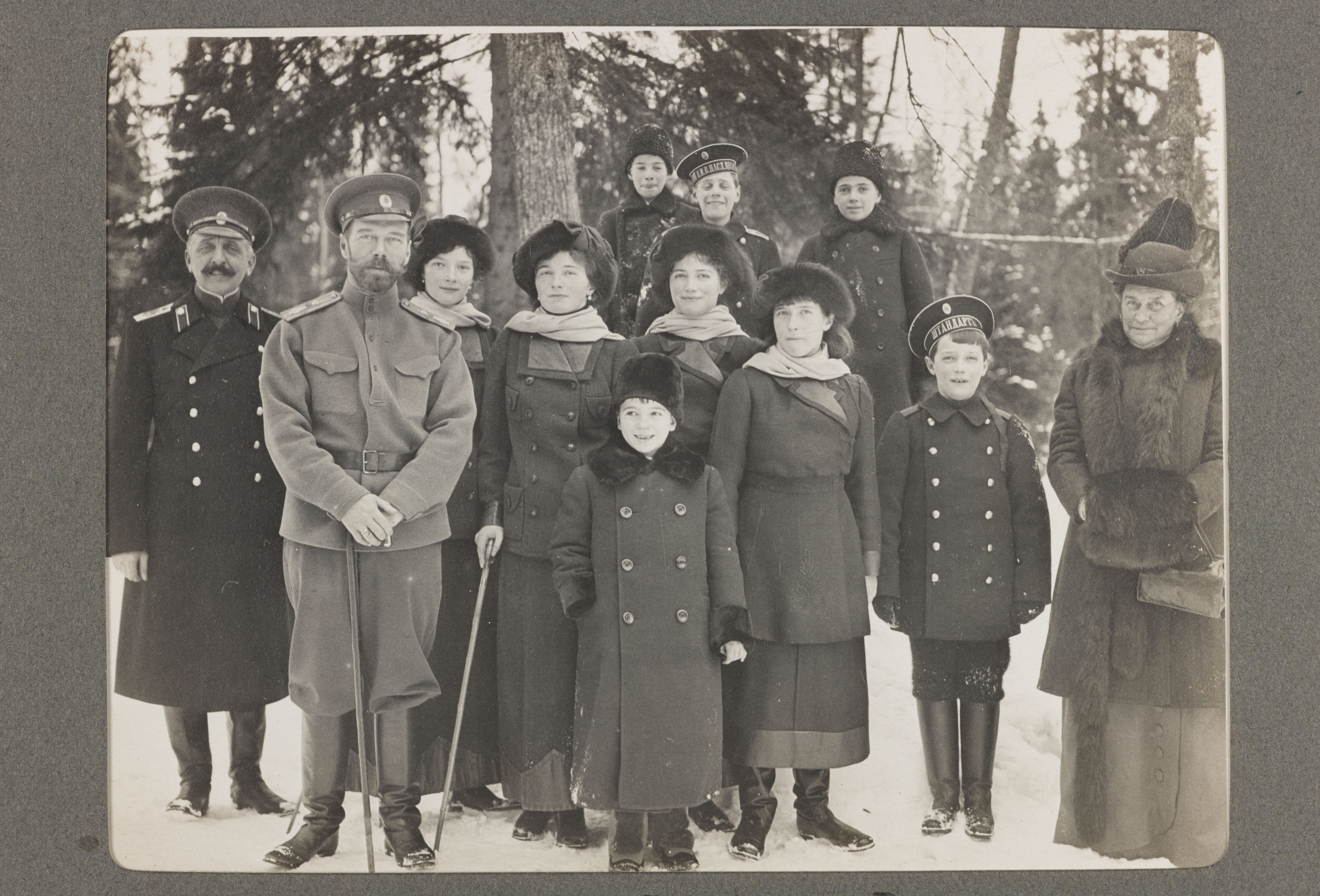In the late 19th and early 20th century, haemophilia presented a huge threat to the future and stability of some of the oldest monarchies in Europe. Thought to have originated with Queen Victoria and passed down through the female line, both the disease and women as potential carriers, played an integral role in shaping the political landscape of 20th century Europe.
The royal disease is thought to have originated with Queen Victoria. As neither her maternal or paternal side had previously displayed symptoms of the disease, scientists believe that it was the result of a genetic mutation.
Haemophilia is thought to be passed down through the female line, and many of Victoria’s female descendants had married into other European royal families. As a result, haemophilia presented itself in various royal bloodlines throughout Europe including Spain, Russia, and Prussia. Some of these royal families took precautions to secure their bloodline, but others were not so careful.

Despite warnings from King Edward VII and the Spanish Ambassador, King Alfonso XIII of Spain married Princess Victoria Eugenie, a granddaughter of Queen Victoria. This decision had a significant impact on Spain’s political stability.
While Spain was a constitutional monarchy, the King still played a significant role. Under Spanish law, an heir who was physically compromised could not take the throne.
While they had seven children only their fourth son Juan was unaffected. But public opinion turned on Victoria Eugenie, as she was cruelly accused of “defiling” the Spanish royal bloodline and her husband began to distance himself from her. Their marriage was discredited, and the monarchy became weakened.

But not all royal families felt the effects of haemophilia quite as significantly.
The Princess Royal Victoria Adelaide (daughter of Queen Victoria), actively discouraged her own son Wilhelm from marrying the daughter of her sister Princess Alice, as one of Alice’s sons was believed to have been haemophiliac. She instead encouraged her son to seek out other matches, and he eventually married his second cousin Augusta Victoria, producing six healthy sons.
Wilhelm’s brother Heinrich, however, was permitted to marry another of Alice’s daughters, Irene. Unfortunately, both of their sons were born with haemophilia, and the younger son sadly died from the disease at the age of four.

Interestingly, the royal family from which the disease originated escaped the fate of many of their European counterparts. Queen Victoria’s son, King Edward VII was not affected by the disease and neither were any of his heirs.
However, according to some historians before marrying Nicholas, the Tsarina Alexandra turned down a proposal from Edward’s eldest son, the Duke of Clarence. Had the Tsarina accepted this marriage, haemophilia might have been reintroduced back into the direct line of British rule, with potentially devastating consequences.
This blog was written alongside our free exhibition The Last Tsar: Blood and Revolution, exploring the life and death of Tsar Nicholas II and his family and the forensic investigation into their murder. Discover more about the science behind one of the greatest mysteries of the 20th century in this series of blog posts.
See more photographs from the Romanov’s family album in our online collection.
